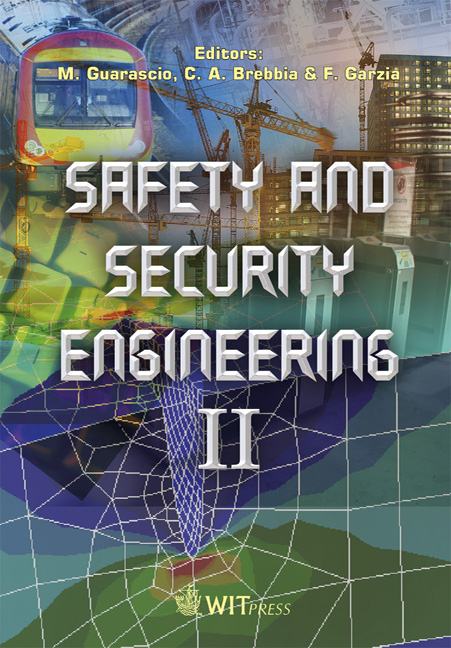Finite Element Modeling Of Impact Strength Of Laser Welds For Automotive Applications
Price
Free (open access)
Transaction
Volume
94
Pages
10
Published
2007
Size
2,519 kb
Paper DOI
10.2495/SAFE070371
Copyright
WIT Press
Author(s)
N. Kuppuswamy, R. Schmidt, F. Seeger & S. Zhang
Abstract
Laser welding is increasingly applied in the automotive industry to assemble sheet structures due to its efficiency and reliability. However, the numerous material and gauge combinations pose a major challenge in characterizing and understanding the crash behavior of the welded joints. Body-in-white (BIW) structures normally have numerous laser welded joints along with other kinds of joints like adhesive bonding, spot welds etc. Owing to limitations in computing time, the structures with all these kinds of joints have to be modeled with coarse finite element meshes. Simplified or substitute joint models with just one or few elements but with correct representation of geometry and stiffness of the joint are largely desired in practice. This paper will discuss such modeling techniques, including element selection, choice of material models for the weld etc. The type and dimension of the weld model is fixed and validated on experimental crash test results. An empirical relationship is then developed which covers the numerous physical effects like sheet thickness, static and dynamic strength and failure behavior of the joint. A general description of the model and some recommendations for application of the model where coarse meshes are involved for both welds and flanges are given as well. Keywords: laser welding, material and gauge combinations, crash, coarse finite element meshes, substitute joint models, element selection, material. 1 Introduction Substantial amount of progress has been done so far to improve the crash worthiness of passenger cars. A car body typically has a huge number of welded joints. During crash it is not just the body of the car that gets deformed but also
Keywords
laser welding, material and gauge combinations, crash, coarse finite element meshes, substitute joint models, element selection, material.





